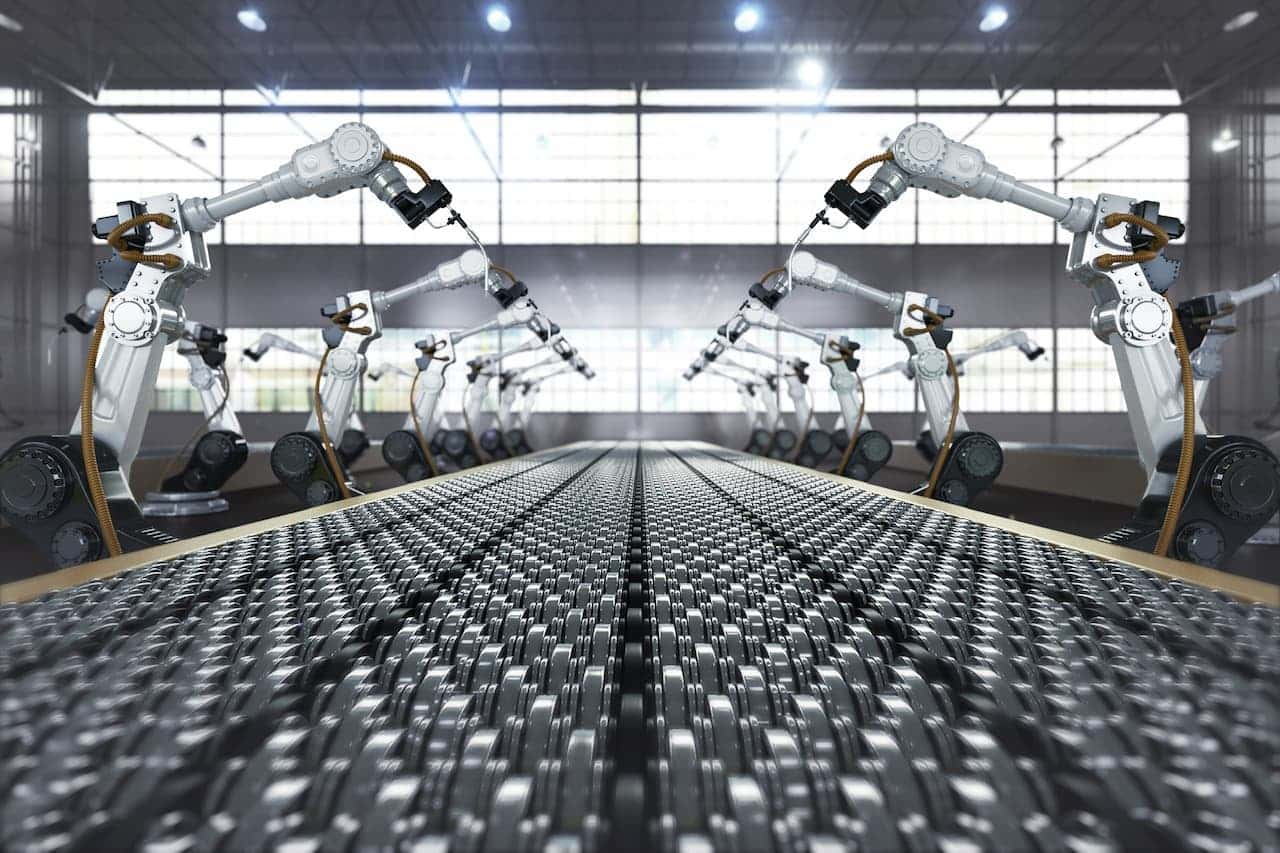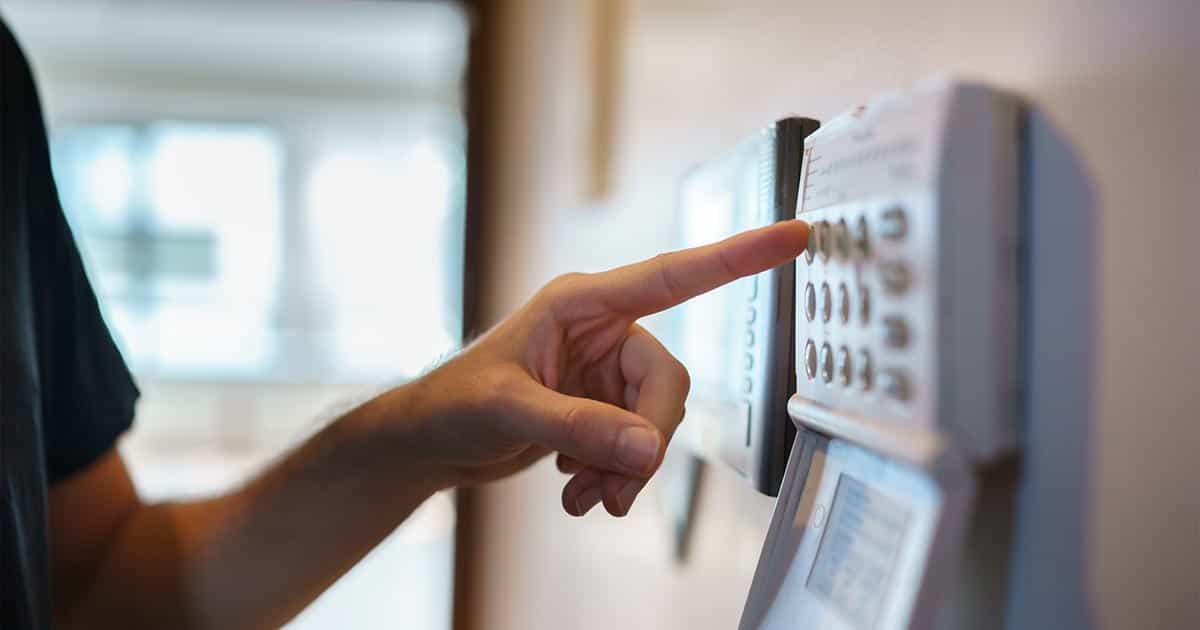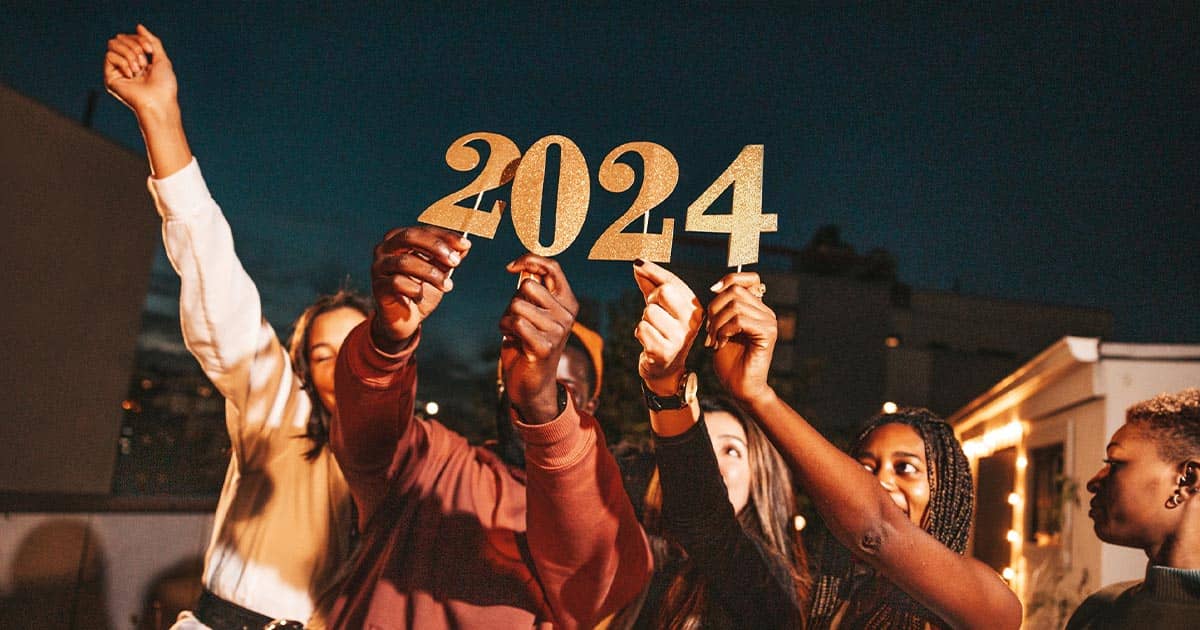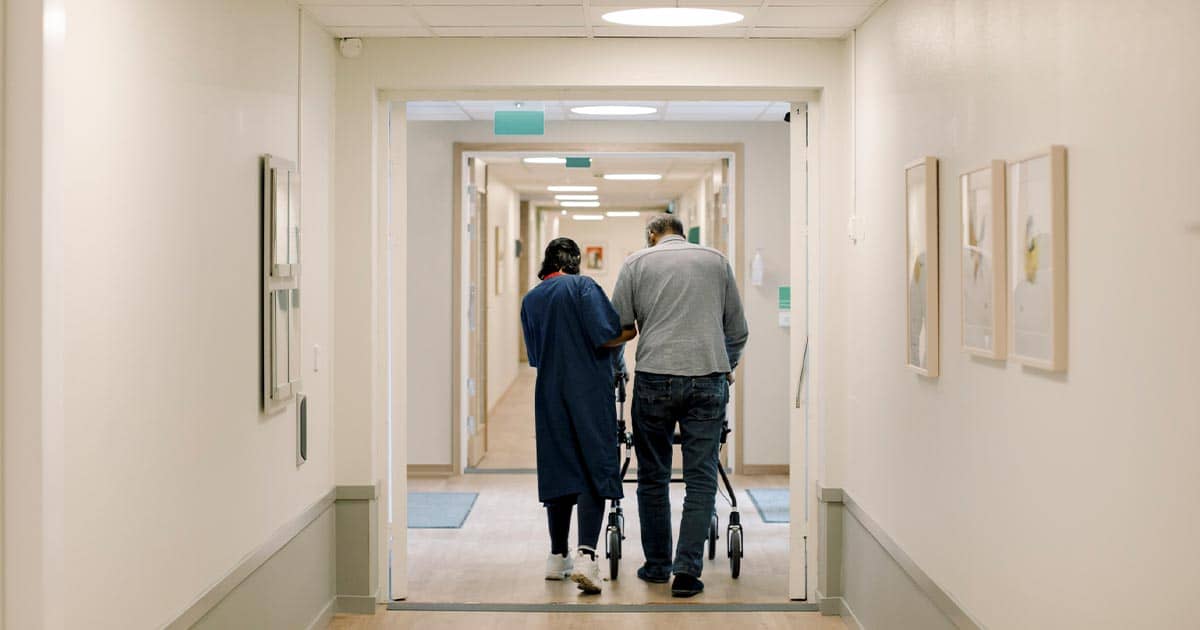The threat of artificial intelligence
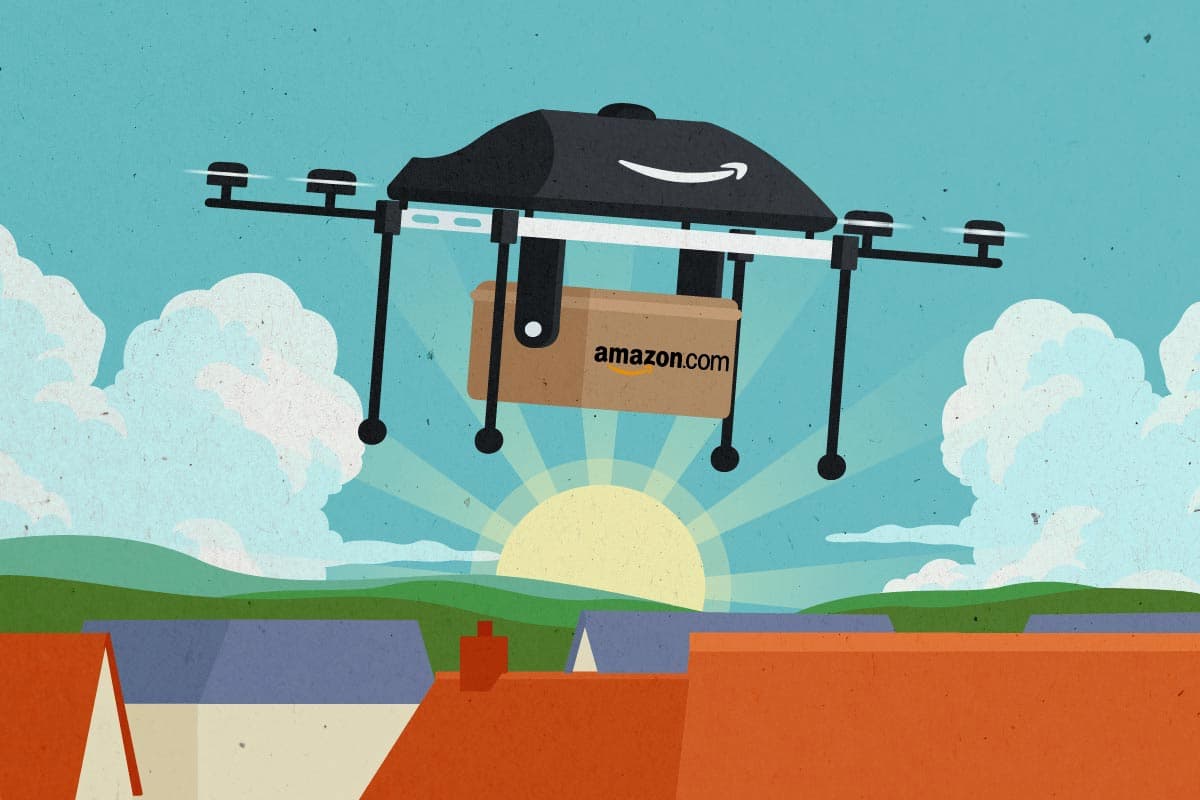
Whether you view robotics, automation and artificial intelligence as posing threats to humanity or solutions to everyday problems will totally depend on how these new technologies affect you as an individual. And as with all big societal questions, the answers are never black and white.
Yes, automation will kill off jobs. Some will die at a faster pace than others. But for every million jobs taken, another million will be created as we learn to live and work in tandem with the machines and the artificial systems we have created to make our lives easier, better, cheaper or more efficient.
Demographic trends indicate that healthcare, public sector and education will see growing job demand over the next year as manufacturing is hit hardest. Gartner research suggests by 2020 AI will create more jobs than it eliminates; providing 2.3 million new jobs while eliminating 1.8 million, with a further two million net new jobs in 2025.
The cyclical nature of any large structural industrial overhaul requires transition; typically characterised by immediate job losses followed by an educational phase that informs recovery before business transformation fully takes place and the ‘norm’ is re-set.
But the real opportunities lie not in one form replacing or overtaking the other, but with AI augmentation, where human and artificial intelligence complement each other.
A report from the World Economic Forum earlier this year stated: “The individuals who will succeed in the economy of the future will be those who can complement the work done by mechanical or algorithmic technologies, and 'work with the machines’.”
They have arrived
According to Novatio, approximately 86% of healthcare providers, companies, and technology vendors use some form of AI, and that level will only rise as technology evolves.
In the medical community, robotic advancements are taking place daily. Remember Smart Tissue Autonomous Robot, or STAR, which stole headlines in medical journals the world over as it demonstrated greater accuracy than a human surgeon, pitted against each other in a series of tests involving cutting and stitching together pig flesh? The human was quicker in these early stages and is currently more capable of gauging less regularly shaped ‘tumours’ (models made out of pig fat were used for the purposes of the experiments). However, the robot is still in its infancy; its accuracy will become better as it learns.
Robotic surgeons aren’t exactly news. They have been used to some degree or other since the early 2000s, when the U.S. Food and Drug Administration approved the da Vinci Surgical System for hospital use on human patients. The cost, however, is a limiting factor, with a price tag of more than $1 million plus maintenance.
Enter Google’s parent company, Alphabet. Its partnership with Johnson & Johnson – in place since about 2015 – hopes to bring the robotic surgeon to the masses. A recent $500 million investment in Verb Surgical plans to introduce a better, cheaper surgical robot to market in 2020. Additional software developments will capture information from procedures, building up its AI knowledge bank.
Are they the resurrection?
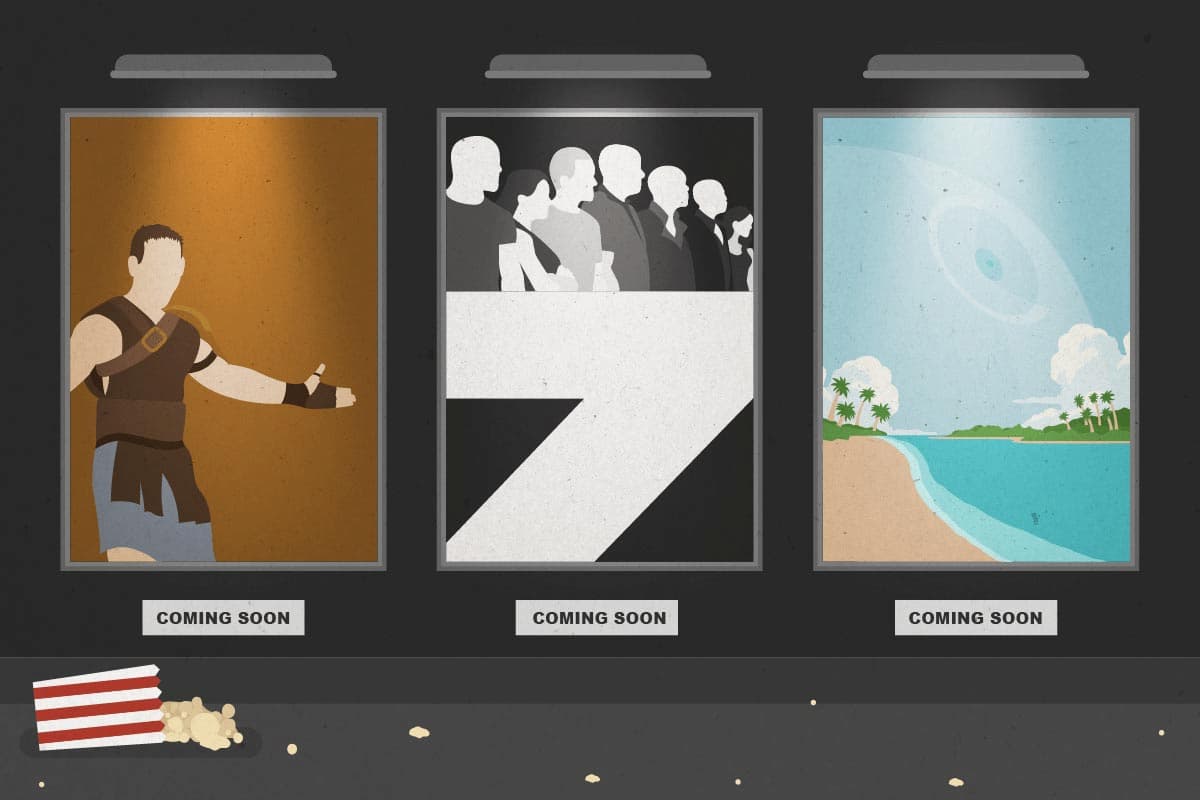
But rather than re-scripted scenes and clever editing on a handful of critical scenes, AI is now advancing to a point that actors, singers and other performers could be replaced by digital versions of themselves, or new, better versions based on all the human learning that has come before – the ultimate performance, if you like.
At the risk of sounding brutal, there is a ‘keyman’ risk with actors. Millions of pounds are invested into a project off the back of one person’s involvement, and should the worst happen before filming has completed, you’re left with a difficult choice: Can you do the project? Continue filming with a rewritten script where certain scenes are cut or re-worked to avoid too much dialogue or close up shots, using, effectively, a stand-in? Or do you turn to technology?
In 2013, when Paul Walker died shortly into filming Fast And The Furious 7, the production team recruited the help of his two brothers to create a digital performance to finish shooting, effectively bringing him ‘back to life’ to finish the film. Advance just five years, and a machine could have watched every previous performance of his, learned his every subtle mannerism and imparted that on to a CGI performance.
A few years later, Rogue One: A Star Wars Story saw Carrie Fisher’s 19-year-old face digitally transposed onto that of another actress, enabling young Princess Leia’s cameo appearance. And the late Peter Cushing reprised Grand Moff Tarkin (his character in 1977’s Episode IV: A New Hope) in the same film.
Cases like this have opened a rich vein of unprecedented legal discourse, where the law has yet to catch up with technology. Lawyers suggest actors consider ‘legacy planning’ – effectively ensuring their image rights remain with the right people. Seemingly, Fisher was aware of her younger self appearing in Rogue One; she was not aware it would be a CGI imposter, however.
Propelling the concept even further, the world’s first digital “supermodel” Shudu has captured the attention of the fashion world, while robot influencer Lil Miquela currently commands the attention of 1.5 million followers on Instagram, steering them towards greater social good.
There may always be an ethical debate around this topic, but it seems every young starlet could soon be having their every move, vocal lilt and idiosyncrasy digitally documented before too long in a bid to future-proof their career.
Am I safe?
All these examples make the point that we are not talking about a blanket replacement of a particular job or career with huge swathes of robots in our lifetime.
Amazon delivery vans may be replaced by drones one day, but only in rare cases where the necessary criteria align, so it doesn’t seem viable for everyone any time soon. Insurance underwriters, library technicians, mathematical technicians and data entry assistants currently top the list of jobs to be replaced by automation, due to their roles being data-driven and rules-based. A study by Oxford University ranked their job as 99% at risk. But yes, for individual tasks or aspects of a certain role it will make more sense to use some form of machination.
Those least under threat – for now – appear to be the types of roles where there is a level of human interaction, requiring sensitivity or judgement, or those situations characterised by unpredictability: gardeners; plumbers, carpenters or other tradesmen; hairdressers or beauticians; and the caring professions fall into this category.
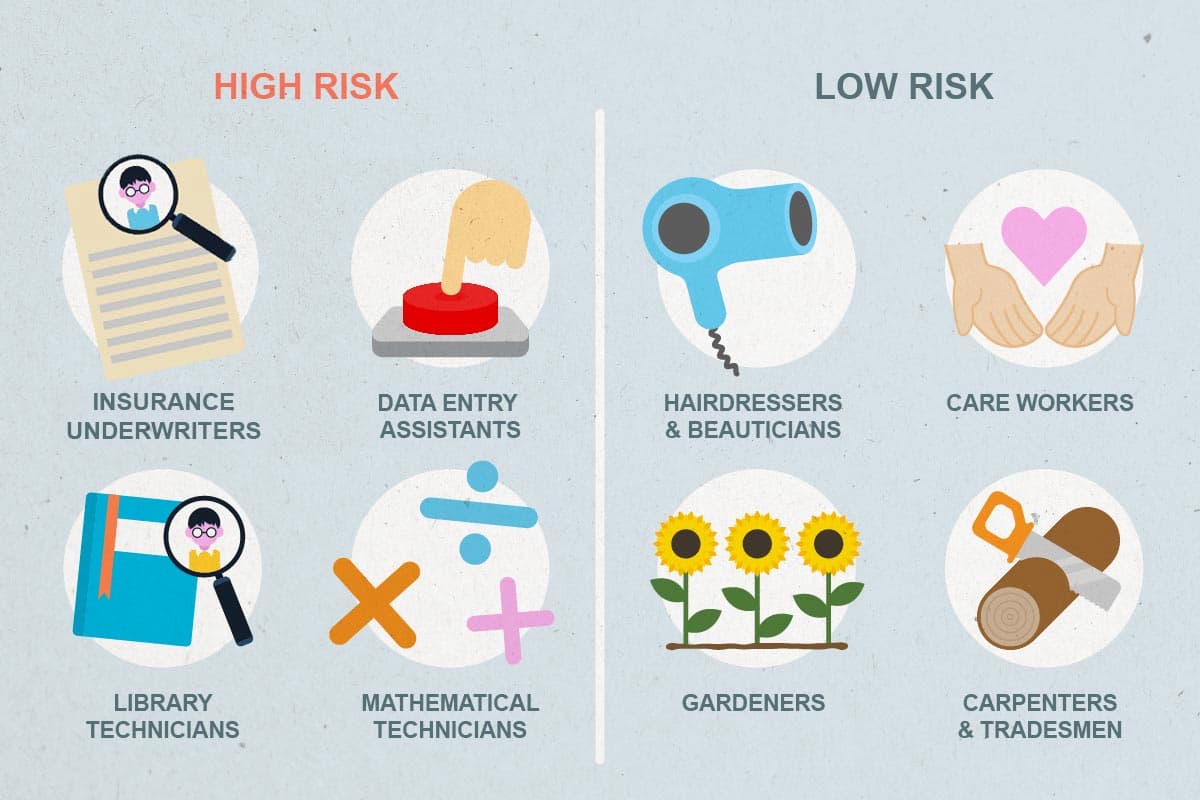
Unpredictability lies on both sides – you don’t necessarily know the situation you’re dealing with until you’re faced with it, and you don’t know whether your client will react in the way you might expect. Both these moving parts require human judgement, assessment and appropriate response in order to complete the job, ensuring customer satisfaction (and therefore repeat business).
Good practice might mean maximising these facets of the job and turning to technology to help ease the burden, freeing up your time to do more of the former, i.e, those parts of the job that can’t be replaced so easily.
Listen to your clients and find out what they really want. It might not fall into a ‘list’ but offering a bespoke service may set you apart from the competition and certainly won’t be something an automated process can (currently) offer. Find out their preferences, ask about their future plans, drop in a call or an email from time to time to see how things are going. Being proactive – not just through date-driven prompts from a calendar – might be all it takes to give you an edge.
We’ve all seen enough Star Trek to know that where humans stand out is our emotional thought; so be kind, listen, be flexible, remember your sense of humour where appropriate and perhaps you’ll find your robot replacement is a lot further off than you fear.

